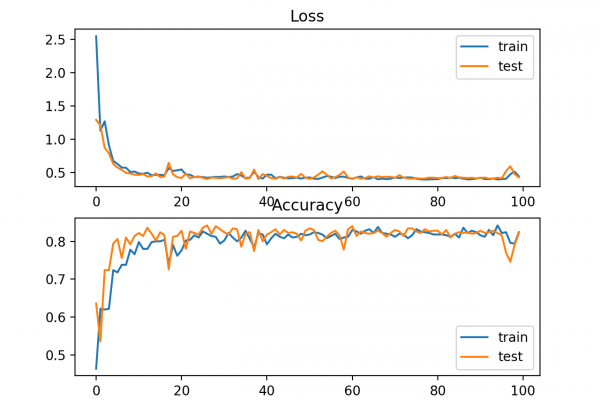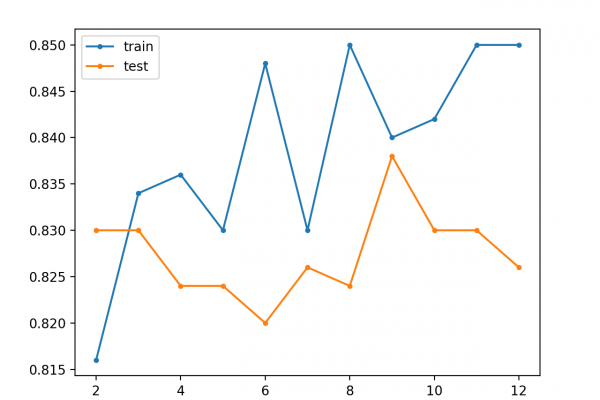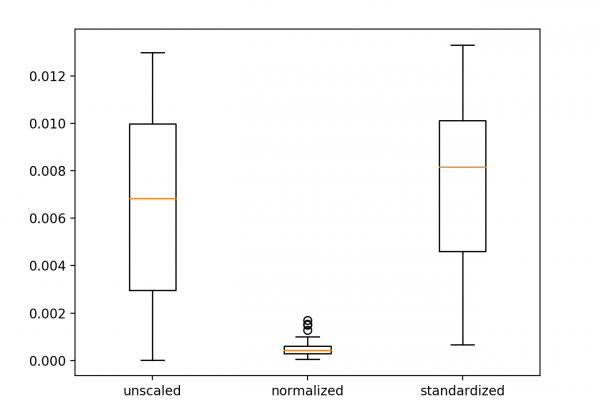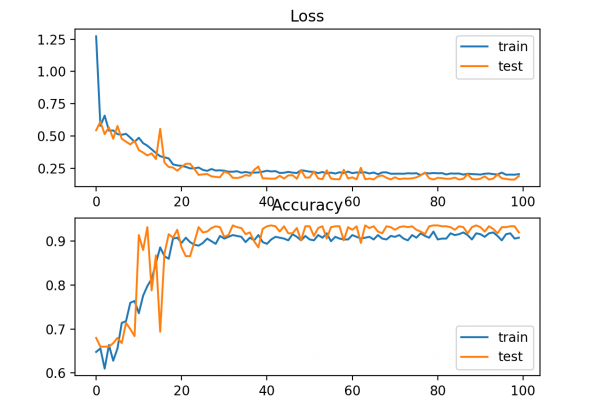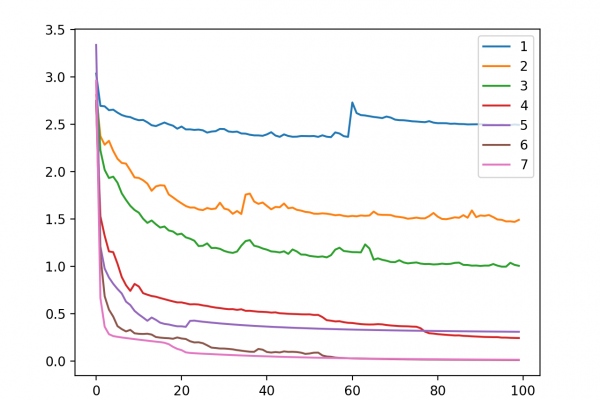How to Choose Loss Functions When Training Deep Learning Neural Networks
Last Updated on August 25, 2020 Deep learning neural networks are trained using the stochastic gradient descent optimization algorithm. As part of the optimization algorithm, the error for the current state of the model must be estimated repeatedly. This requires the choice of an error function, conventionally called a loss function, that can be used to estimate the loss of the model so that the weights can be updated to reduce the loss on the next evaluation. Neural network models […]
Read more